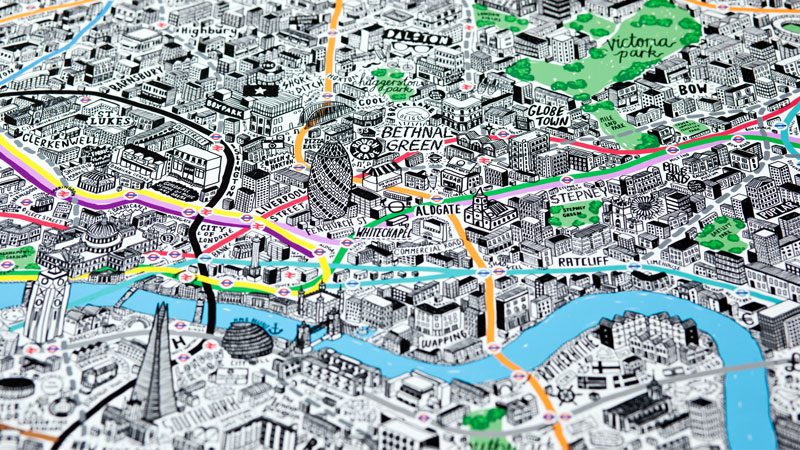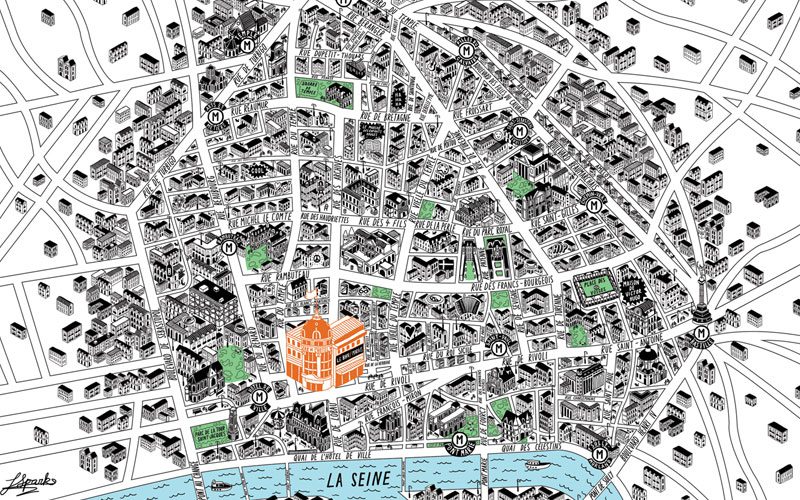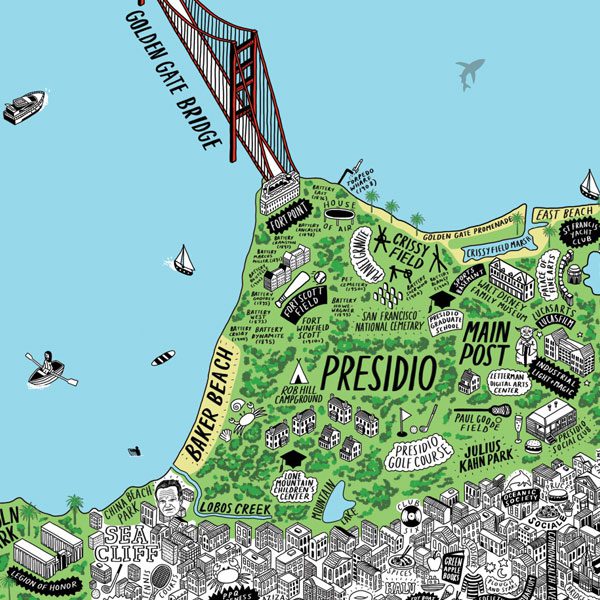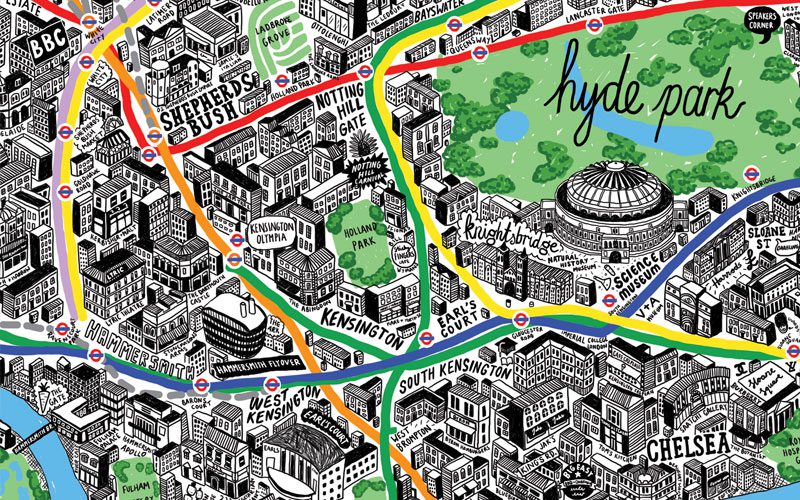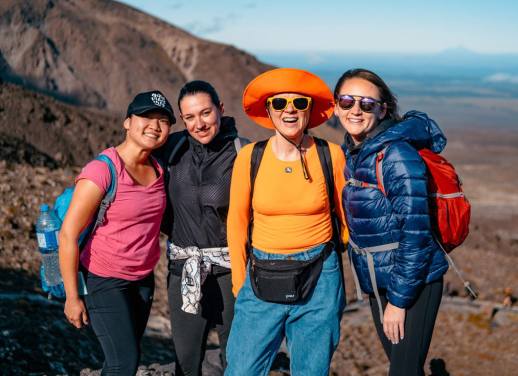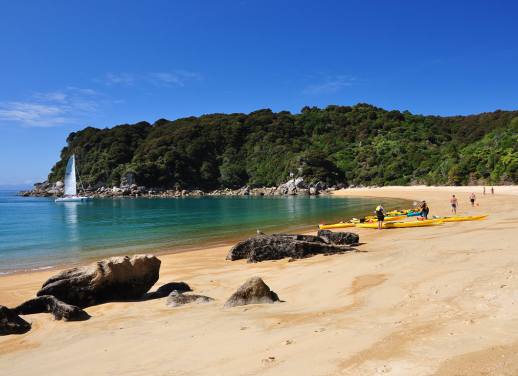Jenni Sparks thinks maps are cool. So cool, in fact, that she’ll spend months drawing a single one. These aren’t your standard Route A to B maps either. Each city is picked out in meticulous detail. There are old pubs and parks, theatres, monuments, famous streets and Jamie Oliver restaurants. They’re more like odes to places than strict navigational aids.
We sat down with Jenni and got us to walk her through her process. How do you begin to map a city? What details do you include? And with Google Maps now a thing, why do we need paper maps now more than ever?
1. First things first: these maps look like a LOT of work, why do it?
I was commissioned originally in 2012 to make the London map by a company called Evermade. I had just finished my illustration degree and the London map was the first major commission that I had got, so it made sense to take on the challenge. I didn’t realise at the time how detailed it would end up being, plus I’d never made a map before so a LOT of blood, sweat and tears were shed on that one. As time has gone by I’ve worked out my process a lot and I have also progressed in my drawing skill, so now it’s a little easier. I usually get to travel to the cities and I have quite a curious mind so that’s why I do it now (plus getting paid!).
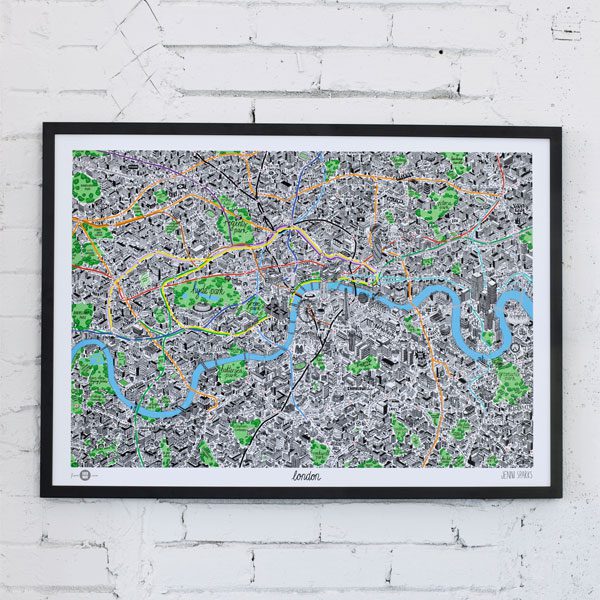
2. What’s the map-making process? How long does it take?
I usually start by getting books, watching documentaries and going online to make lists of all the highlights and landmarks of the city. I research heavily, then start coming up with the general layout of the city, adding rivers, sea, transport links and area names (all the things that help people generally navigate their city). Once I’ve finalised the layout I then start to mark out all the places that I found on the previous lists. After this, I usually visit the city to speak to locals and get a feel for the place, and this helps me pick up on anything I might have missed and gain local insight. I come back to my studio in London and then add all the new information onto the layout, and once this is done I start the drawing process. This is pretty painstaking – I draw each building or symbol one by one for a good month until I can’t pack any more information onto the map. I then fill up any blank space with drawings of buildings and houses and refine the design of the piece. Finally the map then goes into review and Evermade and I, plus the locals that I met on my travels, go through the map to pick up on any mistakes or spelling errors, and I modify the map design to include the title and signatures. Then the map goes to the printers (my favourite bit as they look SO much better in real life than on a screen) and they go on sale.
3. Did you uncover any surprises or secrets when researching the cities?
I always pick up on interesting stuff when I research the cities, but I think my favourite part is actually being there. I love feeling the city vibes and understanding the different personalities of each part of town, e.g. rich area, poorer area, artistic parts, historical parts etc. I love architecture too and I think this really informs my work.
4. What’s the hardest bit about map-making?
Making my maps can get very monotonous at times and I think the sheer amount of drawing is the hardest part, especially being freelance and therefore having to motivate myself to do the boring parts. I find the best thing is to binge-watch a TV series in the background while I’m doing it or listen to music to keep me going.
5. For all the illustrators out there – what equipment and materials do you use to make them?
I use a big iMac, Photoshop and a Wacom Bamboo drawing tablet to actually draw the maps. I also keep a sketchbook as I go along to make notes and sketches during the research process.
6. What made you choose the cities you did? Do you have a favourite?
I worked with Evermade to choose which cities to draw. We usually focus on different criteria including the prominence of the city, the landmarks, history and I also usually like to illustrate cities that have a lot of culture and creativity within them, as I connect more with those kinds of places. I love looking at the London map as I had just moved there and London had always been where I wanted to end up. However, I absolutely LOVED travelling to San Francisco and I think this enthusiasm shows in the piece. When I was there I remember climbing to the top of Twin Peaks and sketching the city looking down on it, and that was a really poignant memory for me that I think I’ll take to my grave.
7. What do you say to people who think maps are now irrelevant (what with Google and all)?
I think it depends on the kind of maps that you’re using. I love Google maps and I use them all the time to navigate, however mine are more ‘culture maps’ and I think that they hold more of a personal touch to them that the viewer can identify with. I’ve received emails saying that they grew up in London and then moved away to Sydney and they bought the map to remind them of where they are from, which makes me really happy as I love it when people connect to my work.
8. Any tips for young illustrators?
The most important tip is to keep going and keep drawing every day – I used to draw in the evenings while watching TV and I drew my first map on a tiny laptop screen sat on my bed. Figure out what routine works best for you, and don’t worry about things not looking as great as you’d like to be because the only way that you’ll get better is by practicing! Secondly, USE SOCIAL MEDIA. When I was studying Instagram didn’t even exist but I was posting stuff on Facebook and Twitter all the time and this was a huge help for me in so many ways. My tutors didn’t really understand the power of the internet at that time but I’ve connected with most of my clients via social media, plus I’ve made some good friends and peers on Twitter too. Last tip, draw what you love and are interested in instead of just following the norm. Be different, try to find your own niche, and finally be (or pretend to be) confident about it, because every big designer or illustrator didn’t know what they were doing at the start! The whole ‘fake it until you make it’ thing is really true in the creative industries as everything is subjective when you’re a newbie.
All images copyright Jenni Sparks, 2016. If you want to check out more of Jenni’s work, visit her website or browse her Instagram feed.

